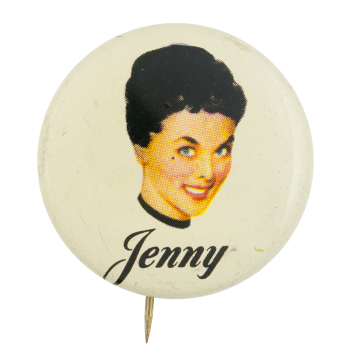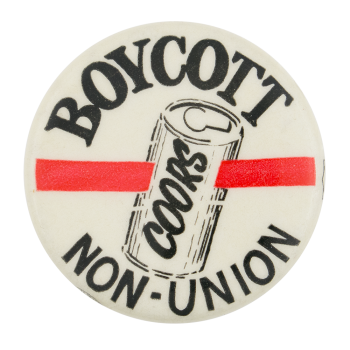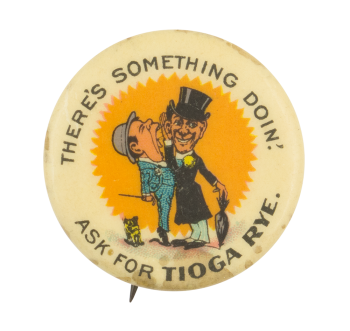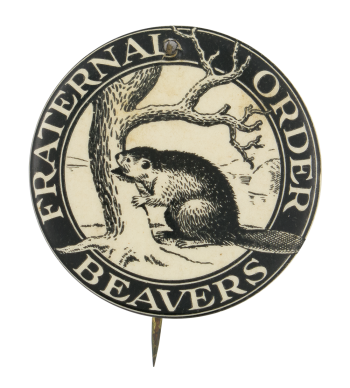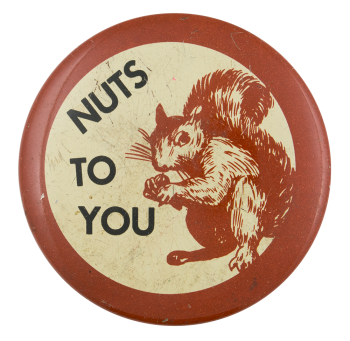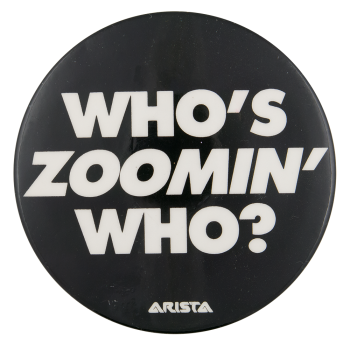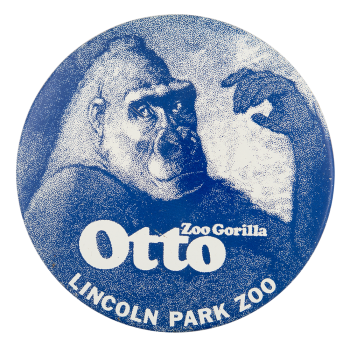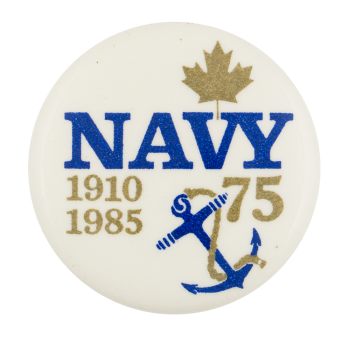Genesee Beer Jenny
| Category | |
|---|---|
| Additional Images | |
| Sub Categories | |
| Text on Button | Jenny |
| Image Description | Color illustration of a woman's head with black hair and red lipstick with black text underneath on a white background |
| Back Style | |
| The Shape | |
| The Size | |
| Additional Information | In 1952 Genesee Brewing Company launched the Miss Jenny advertising campaign with the first Jenny girl, Daphne Dore. The slogan was Always Ask for “Jenny” and featured “Jenny” posed with a tray of beer before a backdrop of a mountain and lake. The Miss Jenny campaign proved to be the most successful campaign for the company and ran for more than a decade. |
| Sources |
About Genesee Brewing Company. (n.d.). Genesee Brewing Company. Retrieved from https://www.geneseebeer.com/about/ Fanelli, Gino. (2020, January 8). Will the real Jenny Girl please stand up? CITY Magazine. Retrieved March 28, 2024 from https://www.roccitymag.com/life/will-the-real-jenny-girl-please-stand-u… |
| Catalog ID | BE0148 |

